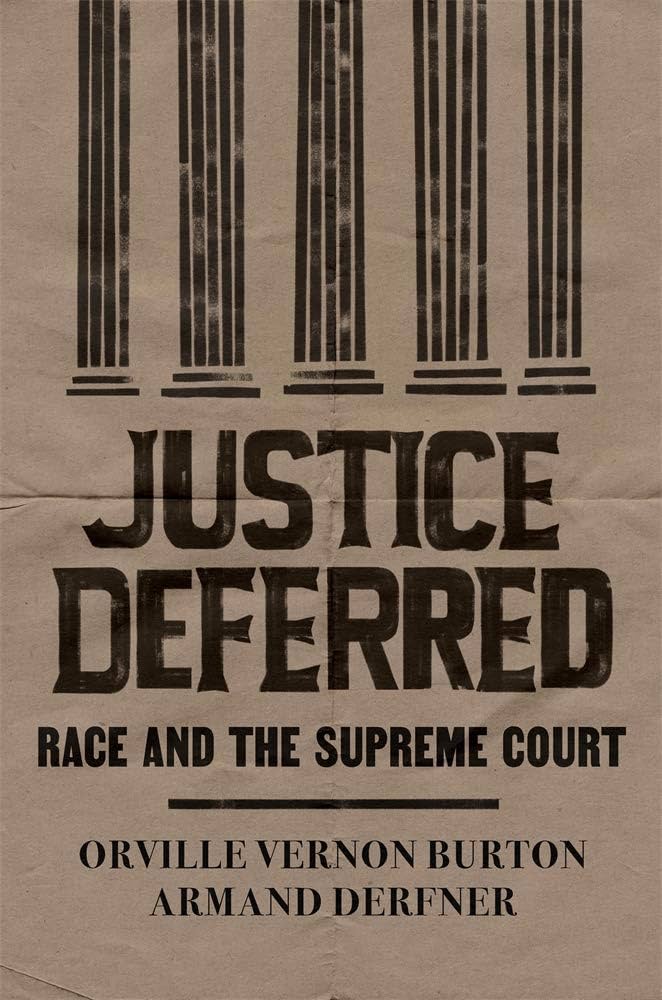Many people who came of age between, say, 1940 and 1970 have become accustomed to seeing the Supreme Court as a force for good when it comes to race. They have developed a faith in the justices’ claim, voiced in 1940 in a decision overturning the convictions of Black defendants in a death-penalty case, that “under our constitutional system, courts stand against any winds that blow as havens of refuge for those who might otherwise suffer because they are helpless, weak, outnumbered, or because they are noncomforming victims of prejudice.” Nothing nourished this sense of the court as savior more than its invalidation of the retrograde laws that helped prop up Jim Crow segregation. Some progressives have even come to view the court as an inherently enlightened branch of government, or at least more enlightened than the executive and legislative branches.
This celebratory view is mistaken. The Supreme Court has often been the most anti-progressive branch of the federal government. It has been and continues to be deeply implicated in the country’s history of racial oppression. It zealously protected the interests of the Slave Power prior to the Civil War. Afterward, the court unduly restricted the constitutional amendments and statutes of Reconstruction, which were meant to elevate Black Americans to civil and political equality with their white peers. The court legitimated the conquest of Native American nations and the subsequent frauds and betrayals imposed on them. It upheld the invidious discrimination engendered abroad when the United States created an empire in which people of color in Puerto Rico and other dominions were reduced to colonial status. It affirmed the exclusion of Asians seeking to enter the United States and the mistreatment of those who arrived before the country halted immigration from China and Japan altogether. It permitted the creation of a pigmentocracy that reached its fullest elaboration in the South, where states formally segregated people of color and excluded them from government. Recently the court eviscerated the Voting Rights Act—the high point of the civil rights activism of the 1950s and ’60s—ruling that Congress’s continued imposition of special regulations on “covered jurisdictions” (mainly Southern states with histories of stubborn racial disenfranchisement) was unacceptable in light of positive changes in the demographics of voting. That decision, in Shelby County v. Holder (2013), written by Chief Justice John Roberts for a 5-4 conservative majority, was an outrageous act of judicial delinquency. It minimized evidence of an ongoing effort to discriminate against Black voters individually and collectively. It failed to give appropriate deference to congressional policy-making. And for the foreseeable future, it eased the way for the increase in voter suppression that is an obscene threat to democratic values.
